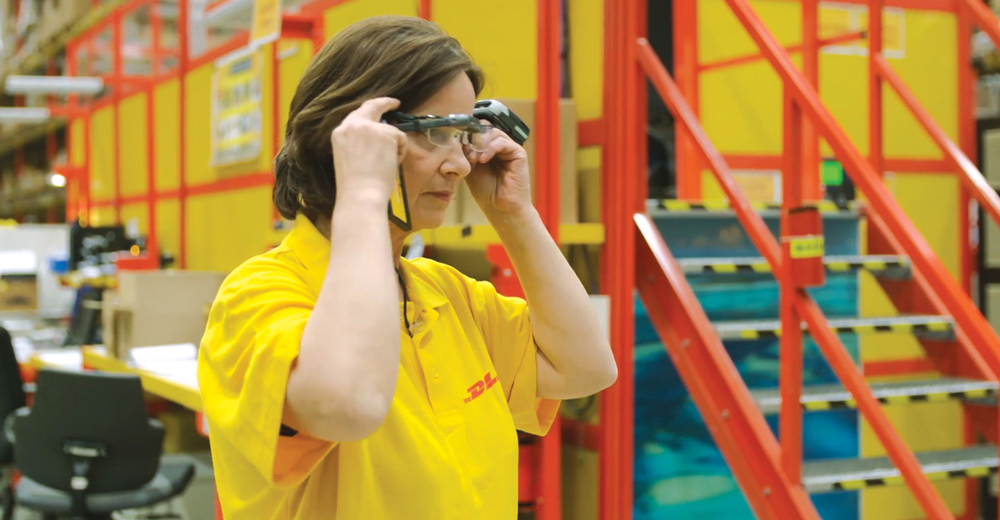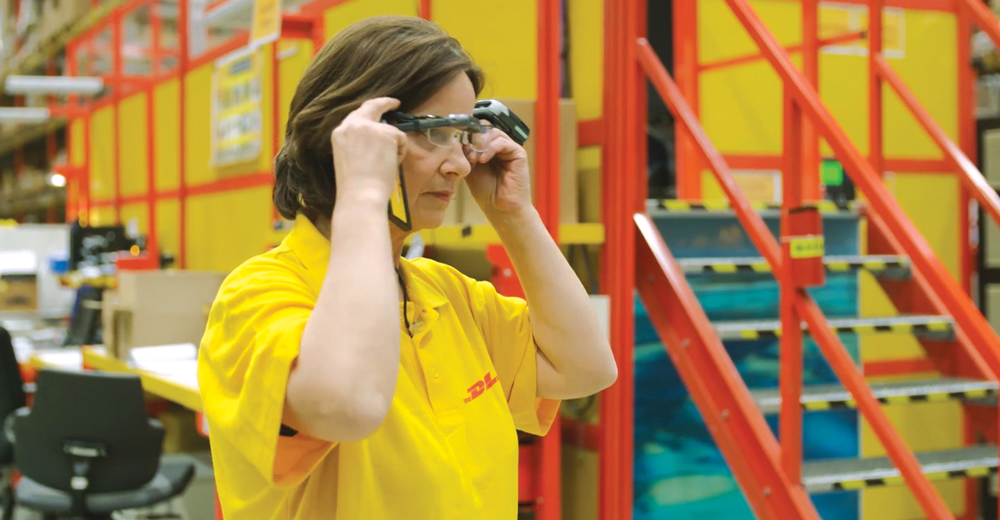Transportation and logistics providers said they were able to meet the increased e-commerce demand for rapid, free shipping this past holiday season through a mix of new technologies and advanced preparation.
“People are judging us not on what we do on a normal day, but what we do on their busiest days,” said Andy Moses, senior vice president of global products for Penske Logistics (No. 4 in the Fleet Owner For-Hire 500).
Brian Bourke, vice president of marketing for Seko Logistics, said a “horrific mess” occurred in 2017, as e-commerce sales surged and truck capacity tightened.
“It was the perfect storm. There was an expectation that would happen again,” Bourke said, adding that fleets, logistics providers and retailers all invested in equipment to prevent future supply chain disruptions. “They learned a hard lesson and planned accordingly.”
Scott Pruneau, CEO of ITS Logistics, agreed that shippers and logistics providers were better equipped to handle surges in 2018.
“We have been in such a tight market for 16 to 17 months that people have taken many steps to prepare themselves for those drastic peaks because they’ve been dealing with it continually since July 2017,” he explained.

Ryder works directly with customers, allowing them the option to pick delivery dates, which can easily be changed.
E-commerce transactions require greater agility and flexibility than brick-and-mortar purchases and delivering products on time and at a low cost requires the supply chain to examine allocation and order management processes, said David Caines, chief operating officer of Kenco.
Technology and network designs are integral in providing optimal order management, he said.
“Both are essential in ensuring that products are pulled from the most efficient warehouse location so that the supply chain successfully meets a two-day delivery window at the lowest cost, cutting wait times and making it more affordable to purchase items online,” he added.
Rick Blasgen, executive director of the Council of Supply Chain Management Professionals (CSCMP), said e-commerce has grown to a $480 billion market. Amazon announced a record-breaking 2018 holiday season, though it has not disclosed exact figures. With millions of people taking advantage of Amazon Prime, which offers free same-, one- or two-day shipping, the demand for rapid shipments is spreading across the entire retail sector.
Jonathan Lyons, a spokesman for FedEx Corp., said the company has expanded its e-commerce delivery options for retailers with “FedEx Extra Hours” so retailers can receive late pickups.
Leveraging Technology
Perry Belcastro, senior vice president of operations for Saddle Creek Logistics Services (No. 181 in the Fleet Owner For-Hire 500), told Fleet Owner that technology can speed order cycle times, and order management systems provide full visibility across the entire supply chain.
At Penske, the company developed the ClearChain technology suite, which connects with shippers’ systems. Moses said ClearChain can identify errors in order information, which increases accuracy and optimizes transportation and warehouse activities.
Identifying the optimal distribution center network configuration moves products through the supply chain faster while minimizing costs.
“For example, you can reach over 90% of the U.S. in just two days via lower-cost ground service instead of expedited shipping if you have strategically located [distribution centers],” Belcastro explained.
Logistics providers also leverage integrated transportation management systems, shipment planning tools with predictive modeling, mobile communications, and route optimization capabilities to speed shipments and control costs, Belcastro added.

DHL uses a number of technological advances to streamline and speed up its delivery processes, such as these augmented reality glasses used to speed up the picking process in warehouses.
“The explosion of e-commerce is driving logistics providers to become more strategic and solution-focused,” he explained.
Averitt Express (No. 28 in the Fleet Owner For-Hire 500) is one fleet that uses a web-based warehouse management system. It enables customers and employees to know inventory levels in real-time and orders that are in process.
“Also, we can run reports to show the products that are shipped and how often they are shipped. This helps customers know what they need to order and when,” said Eddie Adkins, director of distribution and fulfillment for Averitt.
FedEx (No. 2 in the Fleet Owner For-Hire 500) continues to invest in network capacity, automation, and technology, which is creating a responsive network to help it meet the long-term changes the supply chain is experiencing.
“E-commerce shopping isn’t a trend. It’s a fundamental part of retailing today in the U.S. and is growing exponentially worldwide,” Lyons said.
Likewise, DHL has invested in artificial intelligence and machine learning to enhance activities such as route planning and robotics for faster fulfillment at warehouses, said Lee Spratt, CEO of DHL eCommerce Americas.
“Recent examples would be the use of augmented reality glasses by our DHL Supply Chain division to speed up the picking process in warehouses, the launch of chatbots by our DHL Express and DHL Global Forwarding divisions to assist customers more quickly with routine inquiries, and DHL Parcel Metro, a flexible last-mile delivery service offered by our DHL eCommerce division which utilizes crowdsourcing,” Spratt said.
Todd Alloway, vice president of contract logistics for ODW Logistics, said the company uses tracking from FourKites. “That technology is proactive,” he said, adding that it enables exception management, which improves customer service.
The Use of Data
As technology’s role increases, retailers and shipping partners are able to collect and utilize greater amounts of data.
Spratt told Fleet Owner that DHL sees huge potential for artificial intelligence in the e-commerce space to provide better forecasts of volumes and to help the company plan capacity more effectively.
“It can also allow us to become more efficient through more intelligent routing of those volumes through our networks and over the last mile,” he said.
Elsewhere, Seko Logistics looks at analytics related to damages. “Oftentimes, we’re the front line to notify a retailer if a new SKU isn’t packaged properly for transportation into a home,” Bourke said. “Data becomes crucial because it aggregates anecdotal information into actionable information.”
For one customer, Seko converted less-than-truckload shipments to air freight because it reduced damages.
Customer expectations are increasing. They not only expect items to be damage-free but also that they have an excellent presentation.
“When I open the box, I want a unique customer experience. We have the ability to fulfill that need,” said Jeff Clark, executive vice president at ODW Logistics.

